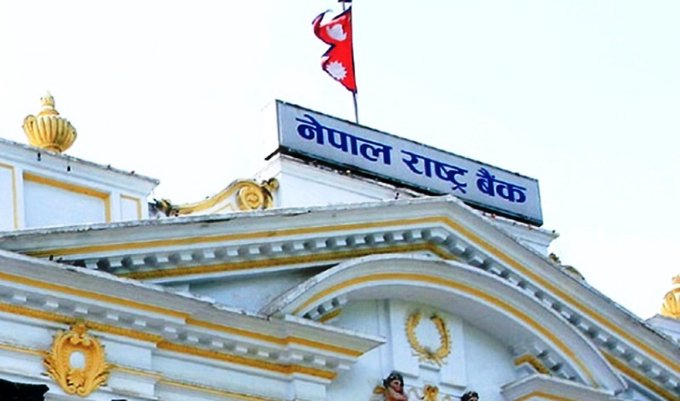May 28, Kathmandu. In the current financial year (FY) 2079/80, the government is going to raise domestic debt 23 billion rupees more than the budget target. This year, the government has set a target of raising 2 trillion 40 billion rupees in domestic debt, but it is expected to raise 2 trillion 63 billion rupees by the end of June.
At a time when liquidity in the financial system is low and interest rates are high, the government is going to raise more loans than expected. The government’s preparations will put more pressure on liquidity and interest rates. Through the mid-term review of the budget, the government had set a revised target of raising domestic debt of 2 trillion 40 billion rupees. Prior to that, the budget of this financial year initially aimed to raise 2 trillion 56 billion domestic debt.
The National Natural Resources and Finance Commission recommends the domestic debt limit that the government can raise every year. The commission has recommended raising internal debt not to exceed 5 percent of the gross domestic product this year. In that way, the government has the facility to raise 2 trillion 69 billion in debt.
Due to the lack of liquidity in the market and the increase in interest rates, credit has not gone to the private sector as expected. The monetary policy of the current year aims to expand the credit flow to the private sector by 12.6 percent, but it has only expanded by 3.5 percent by mid April. In other words, from june last year to mid-April, 1 trillion 62 billion loans have gone from the financial system. Bankers say that loans to the private sector will not increase by more than 6 percent by mid July. According to the data of Nepal Rastra Bank, deposits have increased by 3.56 trillion till mid April,which is an increase of 7 percent compared to last FY
Although there is no large amount of credit in the private sector, there is no more liquidity in the market when the government increases the amount of internal credit. According to the data of Rastra Bank on May 23, the average loan-to-deposit ratio (CD) ratio of banks is 84.83 percent. Sunil KC, president of Nepal Bankers Association, says that although the average CD ratio of banks looks easy, there is no high liquidity situation. This week, banks had an average of 26 to 30 billion in liquidity.
The government has so far raised 2 trillion 4 billion 70 crores of internal debt. According to the National Debt Mobilization Schedule of the Rastra Bank Monetary Management Department, there will be talk of various tools to raise domestic debt worth 59.3 billion rupees.


 NP
NP